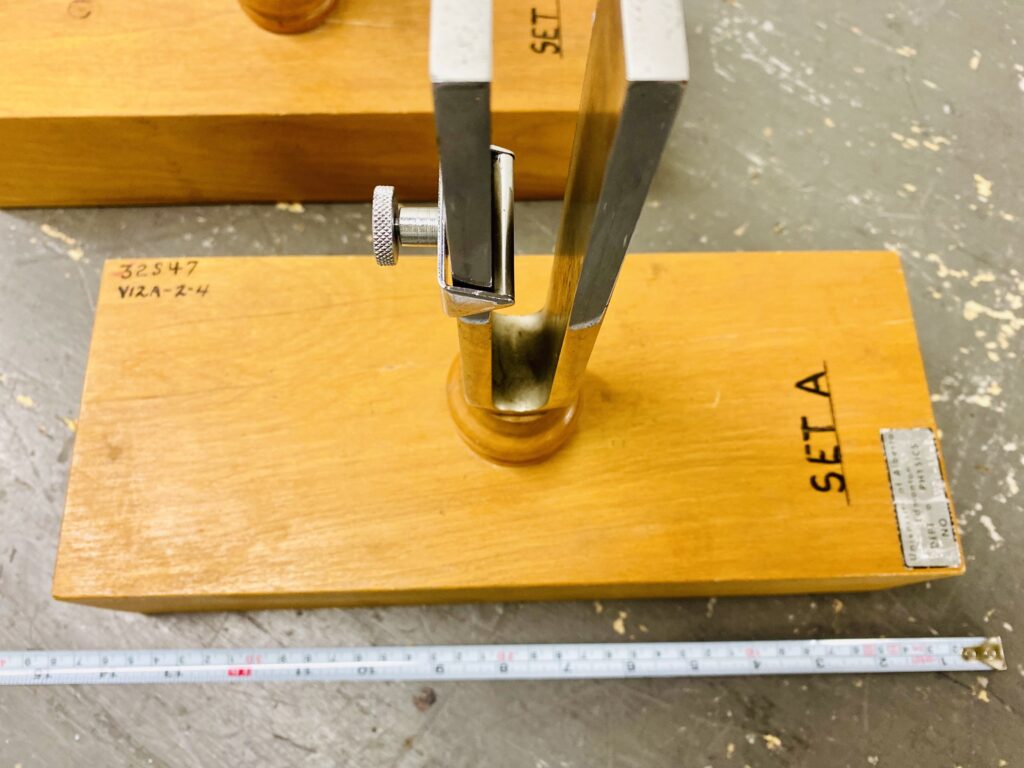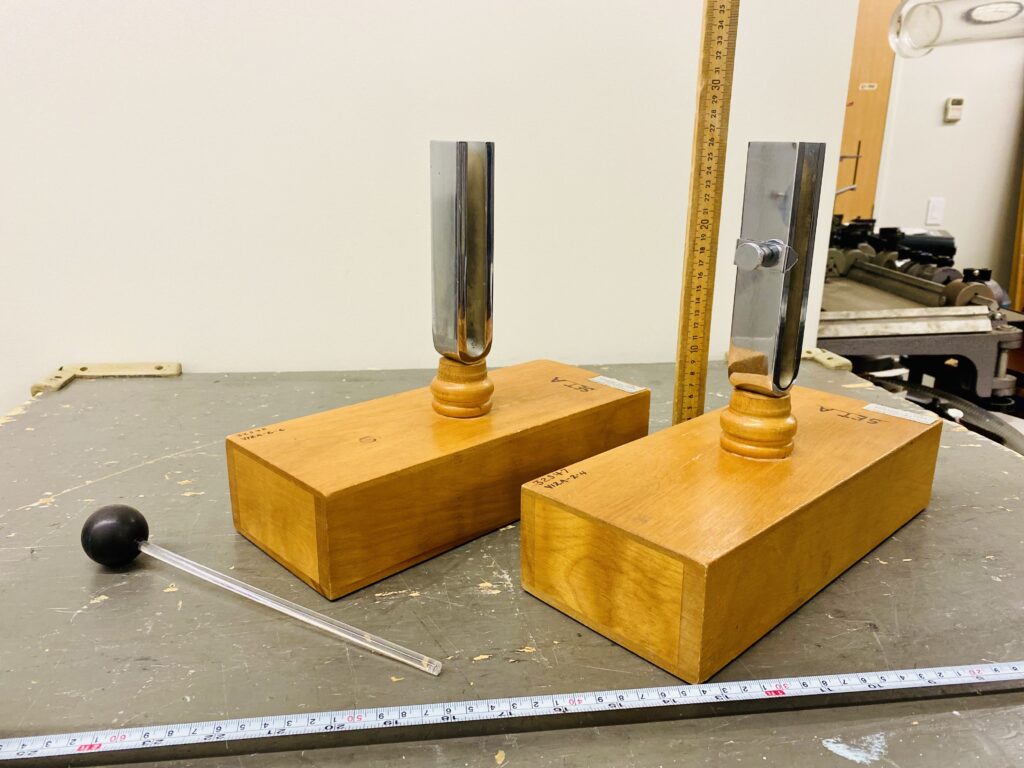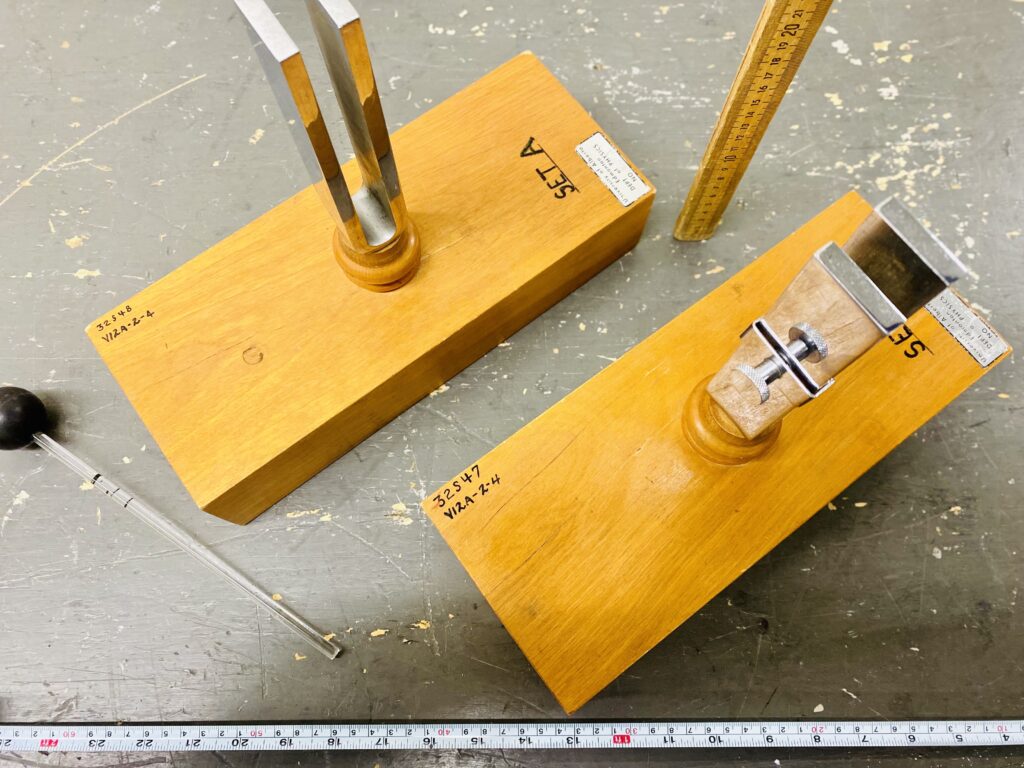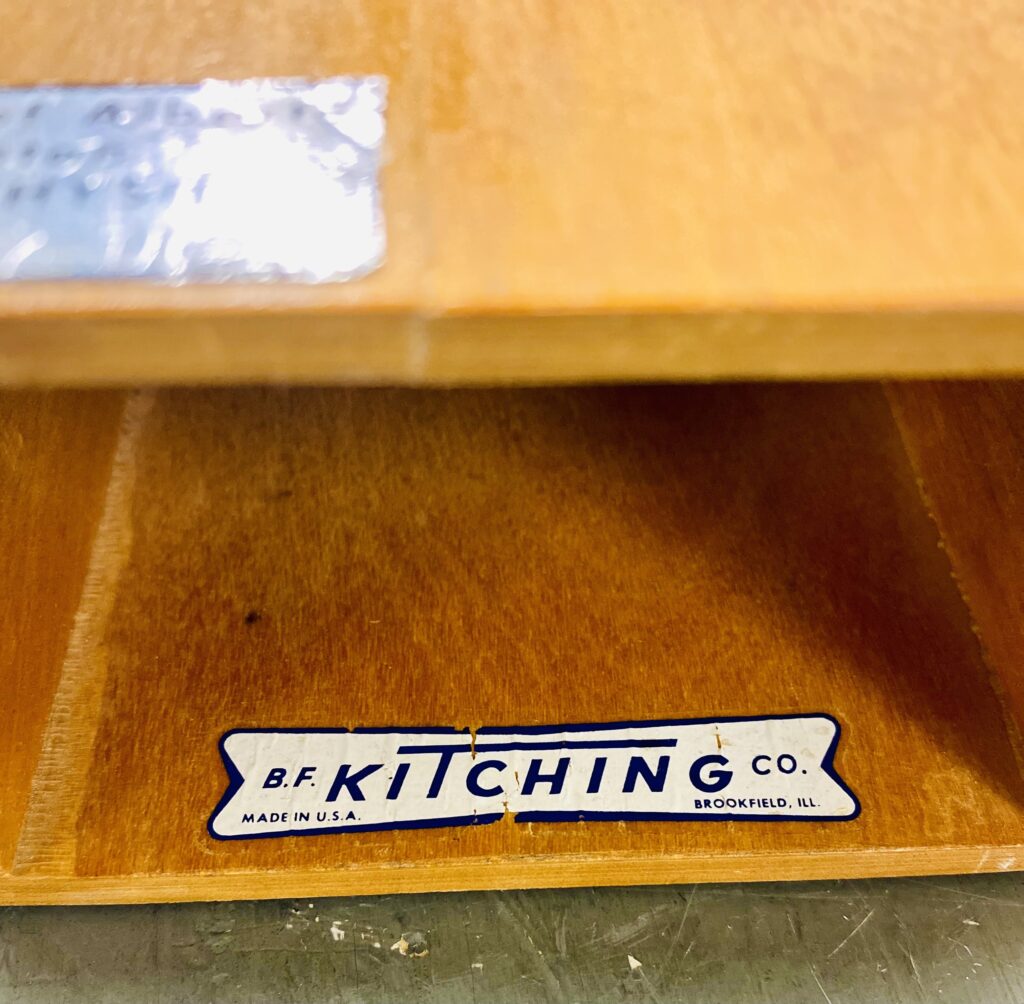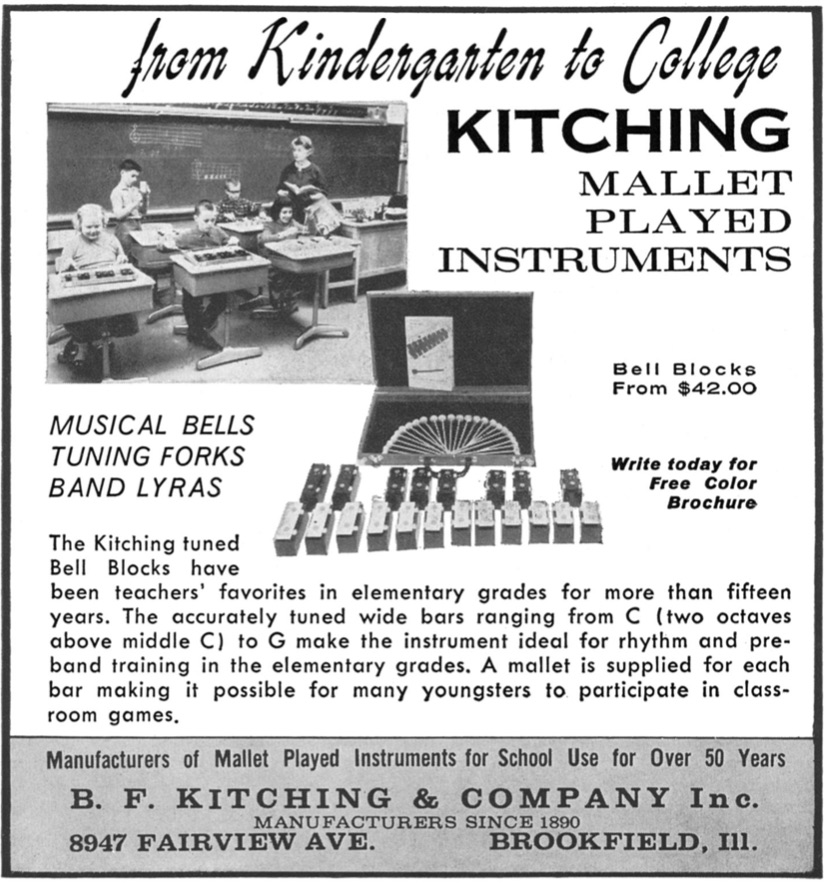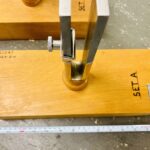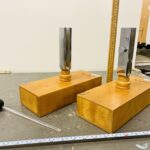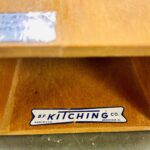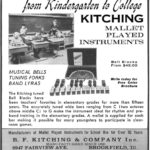Artefacts
Tuning Fork Set
Tuning Fork Set
"S2S47" and "V2A-2-4" are written in marker on the corner of the base. SET A is written on the other side.
The other one has "S2S48" and "V2A-2-4" written in marker in the corner of the base. SET A is written on the other side.
Labeled with University of Alberta Edmonton DEPT. of Physics label paper.
A KITCHING CO. sticker is attached to the inside edge of the base.
Description
This set of tuning forks located in the Physics Department of the University of Alberta. They are described in the university legers as “Beat Boxes.”
The Parisian instrument maker Albert Marloye invented the wooden resonator box to amplify the sound of a tuning fork, as well as lengthen the duration of the produced frequency. Similar to a violin, these resonators were often made of pine and spruce, and covered in a mahogany veneer.
Before the advent of electronic technology, one of the most viable ways of tuning a fork exactly was to count the beats that occur when two forks with similar frequencies are sounded simultaneously. Johann Heinrich Scheibler was the first to devise, in his tuning-fork tonometer, a method of determining with accuracy the absolute frequency of a given musical note by using a series of comparisons using beats. By adding resonators to the tuning forks, Marloye and Rudolph Koenig developed a tonometer for hearing, counting and measuring beats more easily in the laboratory and lecture theatre.
In the 1960s, B.F. Kitching Co. was known for making tuning forks and “mallet played instruments” such as classroom bells, glockenspiels and xylophones. They were based in Brookfield, Illinois, and marketed their products for use from “Kindergarten to College.” (Music Educators Journal, September-October, 1962, p. 140)
Operation: Strike the tuning forks. A beat frequency may be heard, or two separate frequencies. If the latter occurs, adjust the position of the weight until a single frequency with beats is heard. By adjusting the position of the weight, different beat frequencies are heard.
Dimensions: Length: 30cm(base); Width: 12.5cm(base), Height 25.5cm (Base+tuning fork);
Condition: Fair condition.
© 2015 – 2025 Humboldt-Universität zu Berlin

